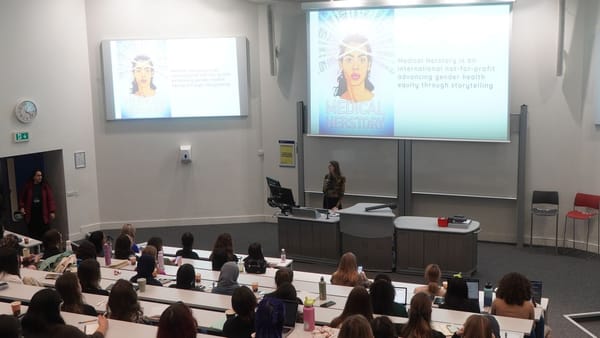Imperial among bottom of Russell Group in accepting state school applicants
Data on the admission cycle has revealed only 63.5% of the 2016/17 entrants were from state school, placing Imperial only above Oxbridge and Durham.

Data released by the Higher Education Statistics Agency (HESA), the official agency for collection of quantitative information about higher education in the UK, showed that out of the 2016/17 admissions, 63.5% were from state school. This places Imperial as 4th lowest out of the Russell Group for admitting state school applicants: only Oxford, Cambridge, and Durham admitted a lower percentage of state school applicants.
These results show a slight drop in admissions from state school over the last couple of years: in the 2015/16 cycle, 65.5% of entrants were from state schools, while in 2014/15 64.8% of entrants were from state schools. Imperial’s results are a significantly lower than the location-adjusted benchmark of 71%. These data cover only UK domiciled students, and therefore do not include EU or international students.
The Russell Group university with the highest percentage of state school entrants was The Queen’s University of Belfast, whose entrants were 98.1% from state schools.
These data come a couple of weeks after UCAS data revealed that Imperial was the most unequal university in England in terms of socioeconomic status. An analysis of the data found that those from the most well-off backgrounds were eleven times more likely to be admitted to Imperial than those from the most deprived areas.
Ansh Bhatnagar, Undergraduate Ordinary Member of Council for the Faculty of Natural Sciences, told Felix: “Once again, we have more data showing that Imperial has problems with socio-economic inequality. College needs to have a hard look at its admissions process which seems to be promoting this disparity, and the Union needs a dedicated representative for economically disadvantaged students who are already at this university.”
Over the last two decades, the percentage of university students coming from state schools has steadily increased: this year 90% of entrants in the UK were from state schools, up from 85% at the turn of the millennium.
In a statement, a College representative told Felix: “We firmly believe an Imperial education should be open to the best and brightest students, whatever their background. We work with schools, colleges, and community organisations to inspire, raise aspirations, stimulate interest in STEM subjects, and support attainment”
“Examples of activities include our STEM Potential programme, aimed at high-achieving students from backgrounds underrepresented in higher education – offering lectures, workshops, and a summer school” “We offer the most generous bursary scheme of its kind of any UK university, as well as a wide range of scholarships. However, we know that there is more we can do, and we are working to review our outreach strategy to understand how we can improve.”
Speaking at the World Economic Forum last month, Professor Alice Gast, President of Imperial, said “While we strive to be elite universities without being elitist, we fail to connect with many in society”, and highlighted the importance of “develop[ing] new ways of collaborating and engaging with [underrepresented] communities.”









